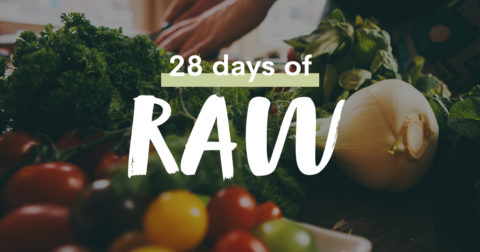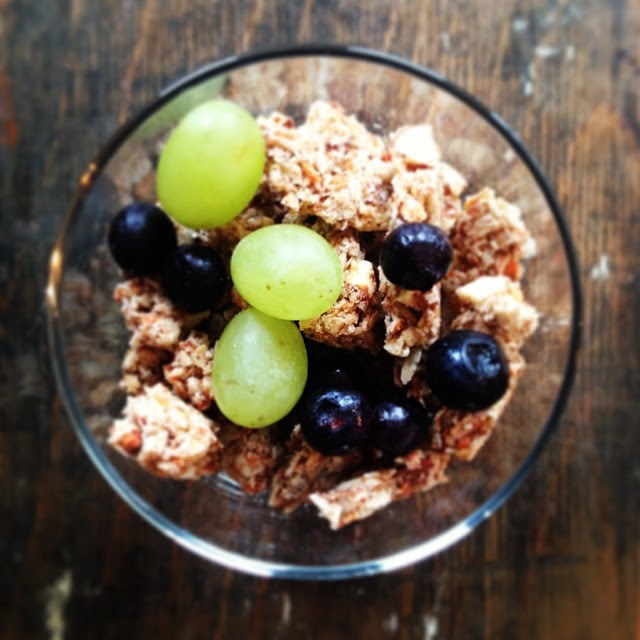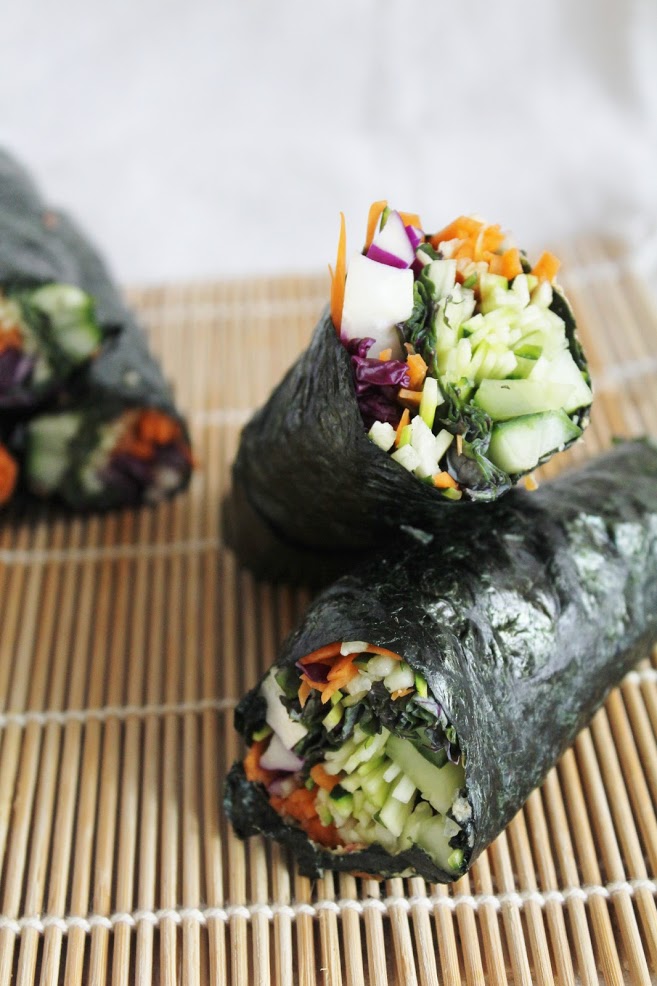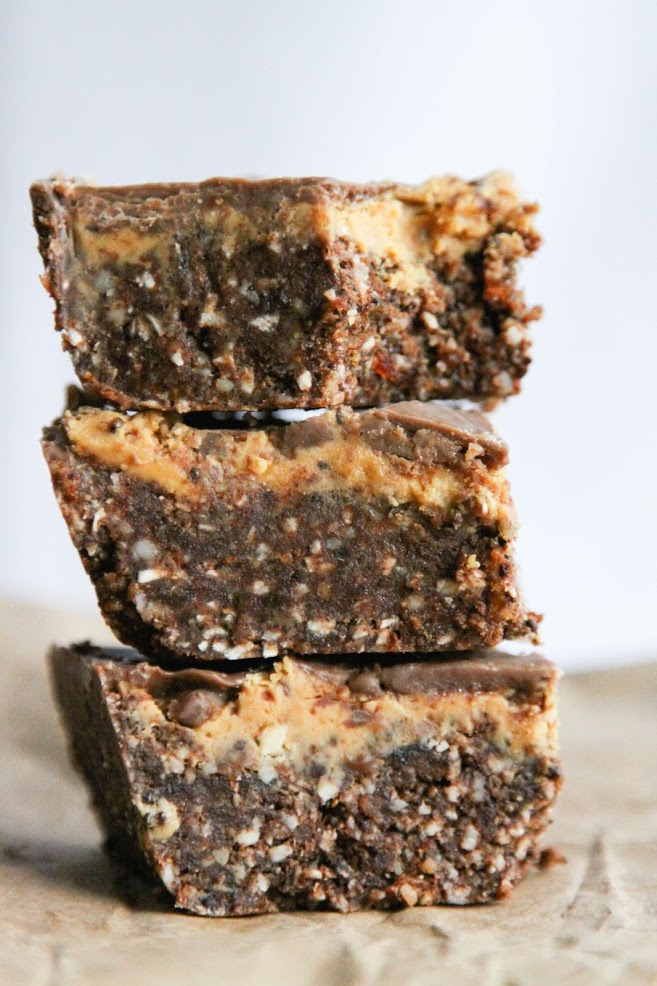
28 Days Of Eating Raw – What I Learned
My overall experience was positive – I initially wrote this article four weeks after I’d finished at at the time, I was still eating majority raw (around 80%). Below you’ll find my weight, mood, sleep data, as well as blood test results – which, interestingly, weren’t what I expected.
The Positives
-
Better digestion: I had less bloating, more regular bowel movements (at least twice daily), and generally felt lighter in my stomach. This aligns with research showing raw, high-fibre diets can improve gut motility and reduce constipation by feeding beneficial gut bacteria.
-
Improved skin: My complexion was clearer and less irritated, which may be linked to higher antioxidant and phytonutrient intake from fruits and vegetables. Antioxidants help reduce systemic inflammation, which is often reflected in skin health.
-
More energy, less fatigue: I noticed fewer afternoon energy dips. A raw diet tends to be higher in complex carbohydrates and phytonutrients, which can support more stable blood sugar levels — but the downside is that if calories are too low, fatigue can creep in (more on that below).
-
Fewer migraines: I had fewer than usual, and when they did come, I managed with just paracetamol. Some people find that cutting out processed foods, alcohol, and additives reduces their migraine frequency — though there’s limited scientific consensus here.
-
Sharper focus: I felt less scatter-brained and more able to concentrate at work, which may be linked to stabilised blood sugar levels and reduced processed food intake.
-
Changed relationship with fullness: Over time, I didn’t crave that “heavy full” feeling, which felt freeing. Raw foods are nutrient-dense but lower in calorie density, so satiety cues can shift.
-
Enhanced taste and smell: My senses were noticeably sharper — which could be because I was eating less processed, highly flavoured food, so my palate reset.
-
Lower costs: Despite assumptions, I spent less — largely because I made my own food and drank less alcohol.
The Negatives
-
Nausea in the first week: Likely due to the sudden increase in fibre and raw cruciferous vegetables, which can be harder to digest at first. Cooking usually breaks down fibre and reduces compounds like raffinose that can cause gas.
-
Nutrient deficiencies: Blood tests showed I was lower in several key nutrients (B vitamins, iron, magnesium, vitamin D, etc.), even though I was within healthy ranges. This highlights a key limitation of raw diets: while nutrient-rich, they can lack bioavailability. Cooking often makes certain nutrients (like lycopene in tomatoes, beta-carotene in carrots, or iron from spinach) more absorbable.
-
More time and effort: Sourcing, prepping, and planning meals was a constant effort — raw eating is definitely a lifestyle commitment.
-
Lower performance in exercise: I fatigued faster in yoga and cardio, likely due to reduced calorie intake, lower glycogen stores, and possibly lower protein intake compared to my usual diet.
-
Social challenges: Eating raw isn’t mainstream, so it required explanations, adjustments, and sometimes saying no to social meals.
-
Immune system surprise: I caught a cold soon after the 28 days. While raw advocates often claim boosted immunity, nutrient shortfalls (especially in zinc, vitamin D, and iron) can actually impair immune defence.
What the Science Says
Raw diets can provide incredible benefits in terms of fibre, antioxidants, hydration, and reduced processed food intake. However, studies show that long-term raw eaters often have lower bone mineral density, lower levels of vitamin D, calcium, and vitamin B12, and reduced energy availability. Cooking, despite being demonised in some raw circles, enhances the absorption of many key nutrients and reduces anti-nutrients like oxalates and phytates. The sweet spot for most people is likely a high raw but not exclusively raw approach — combining fresh fruits, veggies, and smoothies with some cooked foods for nutrient bioavailability and variety.
Tips If You’re Thinking of Trying It
-
Preparation is everything. Have raw snacks ready (nuts, dried fruit, smoothies). If you don’t, you’ll grab cooked food when hunger hits.
-
Start simple. Don’t live on fruit and salad alone — add fats, nuts, and hearty recipes to keep satisfied.
-
Invest in a blender. Green smoothies and raw pestos will save you.
-
Plan for social life. Restaurants aren’t always raw-friendly. Call ahead or accept that you’ll sometimes go off-plan.
-
Ease in. If fully raw feels daunting, start with one raw meal a day (like a smoothie or salad bowl).
-
Don’t overthink slip-ups. If you eat something cooked, enjoy it and move on.
My Takeaway
I’m glad I did it — it genuinely shifted my relationship with food and taught me new recipes that I’ll keep using. I don’t see myself staying 100% raw long-term, but incorporating more raw meals, smoothies, and snacks has become part of my lifestyle. The biggest changes I noticed were lighter digestion, better focus, and more energy.



